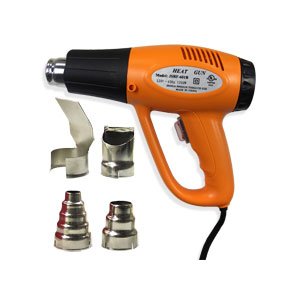Hey everyone! I hope your week has been going well!
Mine definitely has been; I've been on break! Basically I spent a lot of time catching up on my new tv obsession: Community. (And if they cancel that show, now that I'm hooked, I'll so depressed. Seriously, it's that funny.)
Anyway, I promised you a tutorial last week in how to make faux chalkboard effects on paper. (This effect is really in right now!)
So here it! Enjoy!
 |
| The final product in its chalk-dusty glory. |
But my green paper was a little vibrant, so I toned it down with some Colorbox Chalk Ink in Charcoal and my Inkssentials Ink blending tool.
 |
| I thought the gray toned down the very vibrant green nicely. You can see the contrast here. |
I then added Ranger Distress Ink in Tea Dye with the blending tool again, to warm up the piece a little.
Now, both of these inks, being Distress or Chalk ink, are slow-drying. So in order to emboss, you need to either let it all dry overnight or for a few hours, or to just hit it pretty good with a heat tool. In case you're interested, I own this one:
 |
| It's definitely WAAAY more heavy duty than necessary. I never use the high setting. But, I will say this for it, while it does go hotter than needed, it's also cheaper than many crafting heat tools. |
Anyway, after that, stamp your image(s) in an ink that is slow drying enough for embossing powder to stick to. (Any pigment ink, chalk ink, or embossing ink pad will do; I use Versamark.)
 |
| Here I'm stamping the frame of my piece. I followed that up with a center message. |
Now, pour embossing powder over the wet ink. It should stick to the stamped image.
 |
| This is what the powder looks like on the image, before it's melted. |
Catch the excess on another sheet of paper and pour back into the container. That stuff lasts forever! I've had the white for probably 5 years.
I really like using the detail white powder, because although it catches thin lines really well, sometimes on thicker lines and images, it cracks a little when it melts. I think that works especially well on a faux chalkboard. I use the one from Stampendous.
Heat that sucker up, holding it about 6-8 inches away from the heat gun, until the powder melts.
Now that it's embossed, add in some background cloudy effects to simulate a chalkboard that has been erased before. I'm using Colorbox Pigment Ink in Frost White, a really solid inkpad that I highly recommend. You can spread the ink on with your fingers, a sponge, cloth, whatever, really. I just used a tissue because I had some nearby. You end up wiping a lot of it off anyway, so it's not a big deal what you use to apply it.
 |
| You can slightly see where there's excess ink on the tissue. |
So this is what it should look like at the end of this step. If you look closely, you can see some bright white spots from where some embossing powder ran wild, but I think that works really well with this effect.
 |
| Cloudy effect: After |
Then I did some shadow stamping: I inked up the sentiment stamp and purposefully stamped a little off, and then rubbed the ink away a little.
The first time, I stamped up and to the left. I let it dry for a few minutes and then dabbed it out and sometimes rubbed it out in circular motions.
The second layer, I stamped as close as possible to directly on top of the embossed sentiment. Then, using the tissue, I blended downward, creating the effect of falling dust.
 |
| You can see the effects of both shadow-images here. |
If you had any white colored pencils, now would be a good time to do a border, or fill in a background or something.
Then I just cut it out, so it looked awesome. And that's the whole process!
I found this really nice video tutorial to help out as well.
I really like her tip that a white colored pencil looks like chalk on dark
paper, but unfortunately I didn’t have any, so I had to make do, but you should
definitely try it if you have one in your stash.
Check it out:
Visit Jen at her website: stampedsilly.blogspot.com!
For a list of all of the supplies, check out my previous post, it has everything in a handy list in one place!


No comments:
Post a Comment